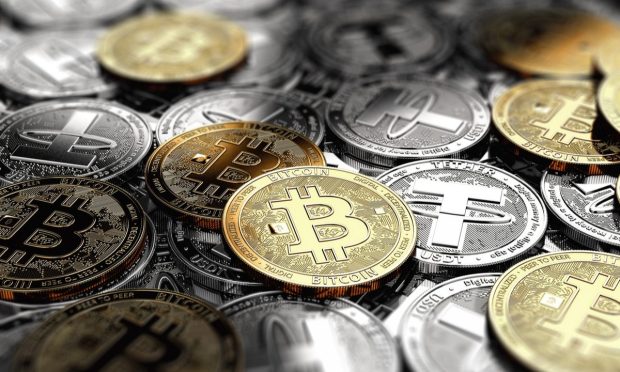In Argentina, Inflation Seems To Be Pushing Crypto Payments

Cryptocurrency penetration in Argentina is twice that of neighbors like Brazil, Mexico and Peru, but its inflation is five to 10 times worse.
The theory that the tumbling peso and legal limitations on buying U.S. dollars with them are what’s driving crypto’s broader use in Argentina is gaining more and more credibility.
With crypto penetration at 12%, and inflation climbing to 55% in April, there are signs the economy is driving people to pay in bitcoin and stablecoins, just as it has in Venezuela.
It does make sense: Despite crypto’s wild volatility and the recent price collapse led by bitcoin, the first cryptocurrency was created as an alternative means of payment in January 2009, at the height of the Great Recession.
So, PYMNTS polled 14 members of our analytics team based in Argentina, asking if that matches their experience on the ground.
Naturally, the responses came back split seven to seven. That said, given the minimal acceptance by merchants of cryptocurrencies like bitcoin and dollar-pegged stablecoins broadly, it’s probably fair to say that 50-50 is a reasonably strong “yes.”
Inflection point
While it’s getting easier to spend crypto in the U.S., that’s in large part due to the booming number of Visa- and Mastercard-branded debit cards that allow user to pay in crypto while merchants receive dollars.
Still, the use of crypto as a direct means of payment is growing. The CEOs of crypto payment processors BitPay and digital asset super app Bakkt both told PYMNTS that they see an “inflection point” coming in 2022, but it isn’t there yet.
Read more: BitPay CEO: Bitcoin Payments Will Boom in 2022 as Crypto Reaches an Inflection Point
See also: Super Apps Unlock Creative Possibilities for Crypto, Loyalty Programs
That said, stablecoins are growing more popular, according to BitPay CEO Stephen Pair.
Inflation Beats Volatility
“I am seeing more and more frequently how acquaintances of mine use stablecoins as a means to take care of day-to-day money and a percentage of their savings in crypto,” said Tomás Coronel, a PYMNTS analyst. Saying that he believes inflation is probably what’s driving people to adopt crypto, he added that many are also putting a percentage of their salaries in crypto.
Coronel added that he’s seeing mainly the use of stablecoins, saying crypto’s “high volatility can scare a lot of people.”
Another PYMNTS data analyst who believes the use of crypto is growing is Eugenio Negrin, who said he is “definitely” seeing people use crypto as an alternative to inflation-hit pesos.
“People are buying these assets in part because it is an alternative to protect their savings in the face of the limitations on the purchase of dollars in the official market,” he said.
People are also attracted to them because of the very high interest rates offered by decentralized finance (DeFi) projects like staking and lending protocols — 5% to 20%, sometimes far more.
Another said young people see them as a financial instrument that is easy to buy and “useful to avoid taxes as it’s not fully regulated by the government yet.”
Risky and difficult
On the other hand, Javier Fik said there is “no doubt that in the last years the share of people going into crypto investments has grown, but it is still low.”
Pointing to the uncertainty of still-to-come government regulations as well as its “intrinsic volatility,” he said crypto remains “a highly risky investment to make in Argentina,” adopted by “just a few people.”
See more: In $44B Argentine Debt Deal, IMF Shows Growing Willingness to Coerce Anti-Crypto Policies
Besides, he added, it’s hard to get funds from bank accounts into crypto, “so there are technological and knowledge barriers for common people.”
Another reason for using crypto is that there is a legal limit on how much foreign currency — $200 in U.S. dollars per month — Argentinians are allowed to buy. While several of his colleagues cited that, one noted that the “limitation is totally fictitious. You can easily get foreign currency in a number of ways — typically exchange stores that trade currency at an ‘unofficial’ price.”
Another said that while they had used crypto and knew other people who had as well, inflation probably wasn’t the driving factor. That said, they added that they’d heard some companies were paying people in crypto.
Melanie Nouveliere said she thought that crypto buying was generally limited to investments, and generally conducted by “higher income groups.”
As for the inflation argument, she said she believes people using crypto day-to-day for that reason is “a really small percentage.”
